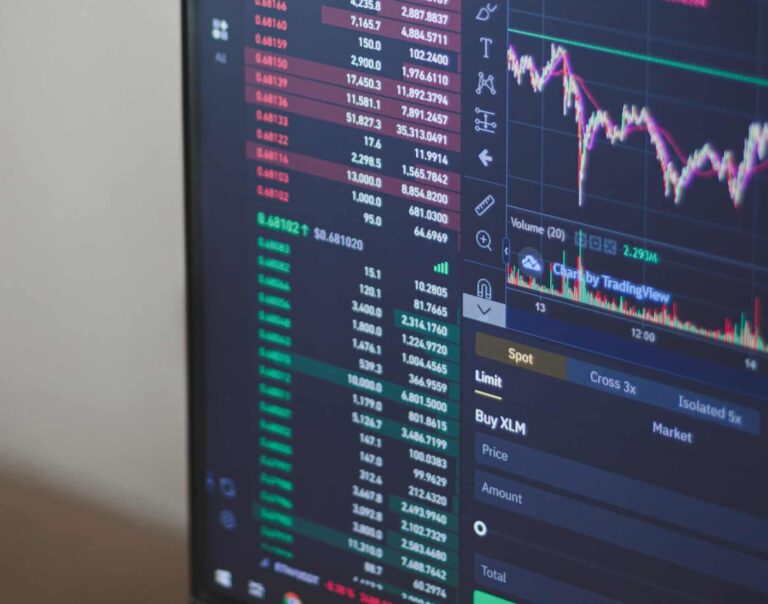Emerging market countries have always struggled with inflation and the past year has been no exception, with rising commodity prices due to the conflict between Russia and Ukraine, supply difficulties and weak currencies.
With the reversal of last year’s surge in food and energy prices, fewer supply difficulties and a weaker dollar, inflation has slowed on both a monthly and annual basis in most emerging economies.
This disinflationary trend looks set to continue in the second half of the year. Strong regional differences remain, with inflation relatively subdued in Asia and more stubborn in Central/Eastern Europe and Latin America.
Table of Contents
A few pieces of the puzzle are missing before central banks can start the rate-cutting cycle
Given the general improvement in the inflation outlook, some emerging market central banks may start cutting interest rates. This is also supported by the fact that many emerging economies are ahead of the developed world. Thus having raised rates earlier and more aggressively to avoid de-anchoring inflation expectations.
Turkey is the main exception, with its policy of lowering interest rates although after the elections it started to reverse this policy by doubling interest rates in June.
In many emerging market countries there has been an aggressive raising of reference rates
Most central banks are nearing the end or have already completed their tightening cycle and decided to take a break. Hungary was the first to cut rates in May. While Hungary has already started its easing cycle, most emerging market central banks will only take this step when there is more certainty about falling inflation.
For emerging market countries, the measures of the US Federal Reserve (Fed) and the real rate differential to the US also count.
Since it is not yet clear whether the Fed has reached the end of its rate hike cycle or whether it will continue on this path, it is unlikely that we will see the sharp rise in US rates that we have seen in the past.
Latin American countries have been more aggressive in managing inflation
The dollar will continue to be a special watch, as it will be difficult for emerging market central banks to cut rates in a context of a strong dollar and weak emerging currencies.
Aside from the fact that the US dollar is overvalued by almost all valuation metrics, there are a number of factors that would favour a period of dollar weakness. Thus including the end of the Fed’s rate hike cycle and China’s reopening.
Right now the greatest value is in Latin America, but the attractiveness of Europe is gradually increasing
The downward trend in reference rates paints a reasonably favourable picture of emerging market debt.
However, selectivity will be key, given the divergence of policies and inflation dynamics across countries. Latin American local currency bonds have potential value.
Macroeconomic conditions in these countries are more favourable than last year and, for the time being, improving fundamentals are likely to continue to outweigh political risk concerns.
The Central and Eastern European countries have not yet succeeded in curbing inflation, but are beginning to gain in attractiveness.
Read also: Inflation: the countries where it is currently highest in Europe
After a decade of disappointing returns, emerging market exchange rates may start to contribute positively to returns
Emerging market exchange rates have been a drag on local currency asset returns over the past decade, and most emerging market currencies appear severely undervalued based on the fundamentals-based valuation model and other real exchange rate models.
While the threshold for emerging market exchange rates to generate returns after years of underperformance is low, it also means that emerging market currencies have been undervalued for quite some time, and that valuation is not sufficient to indicate a sustained reversal of weakness or even a stabilisation phase.
Looking ahead, a key factor for emerging market exchange rate yields is the outlook on the US dollar, mentioned above.
Read also: Brazil and Argentina may have a single currency: what is the “Sur” project












